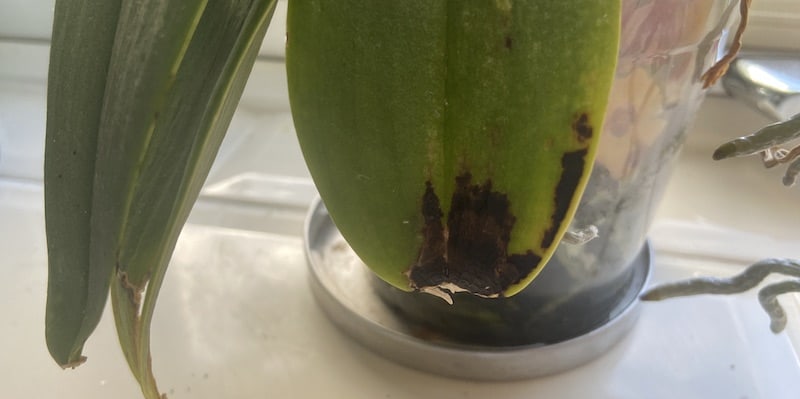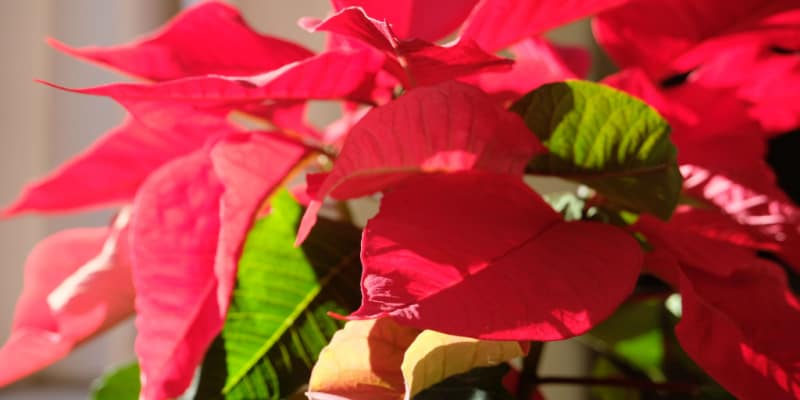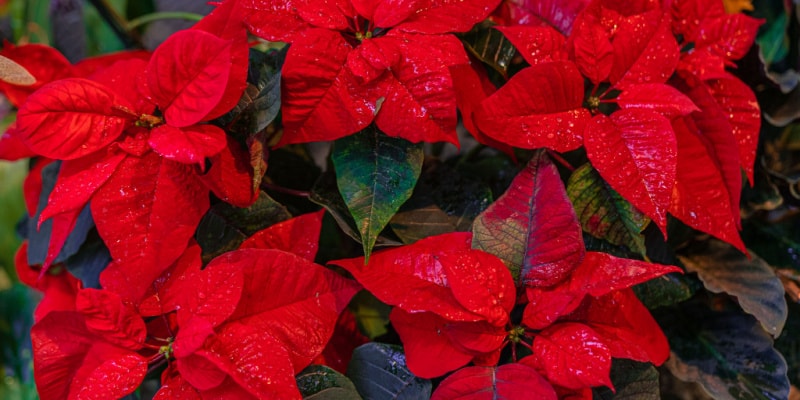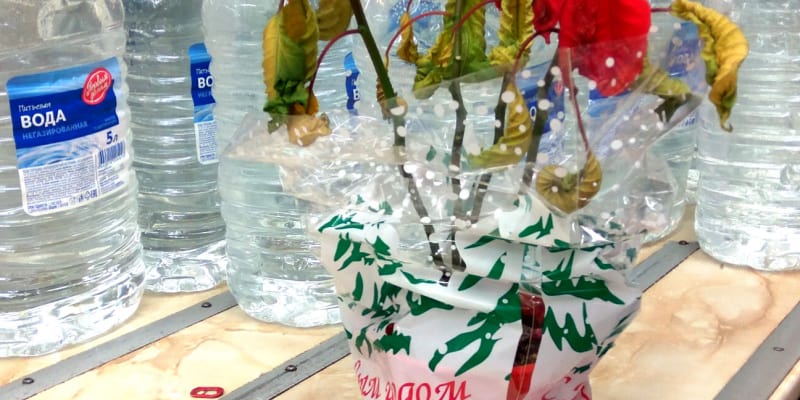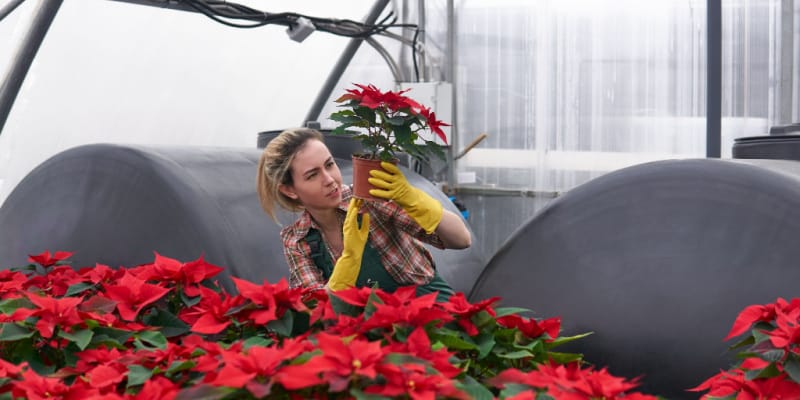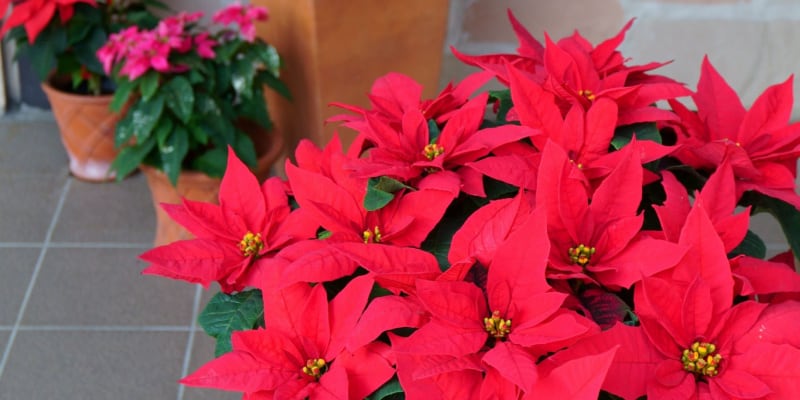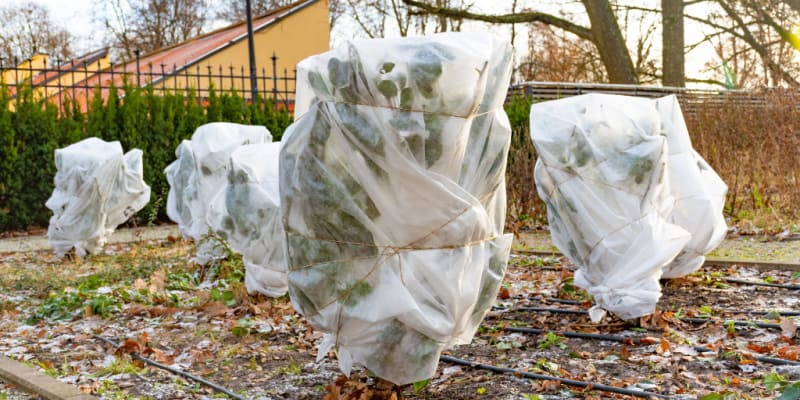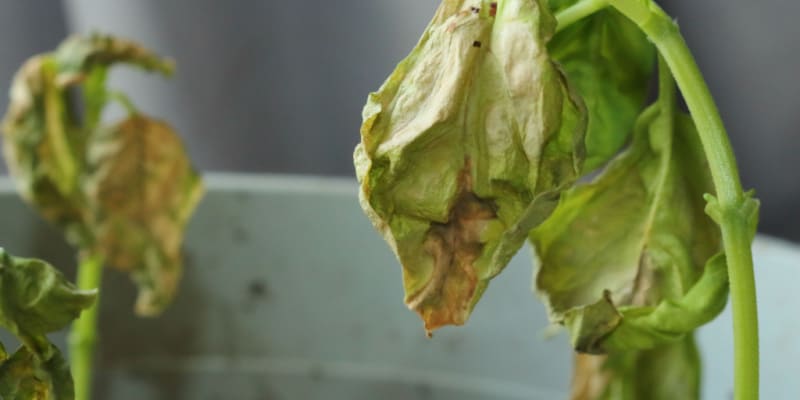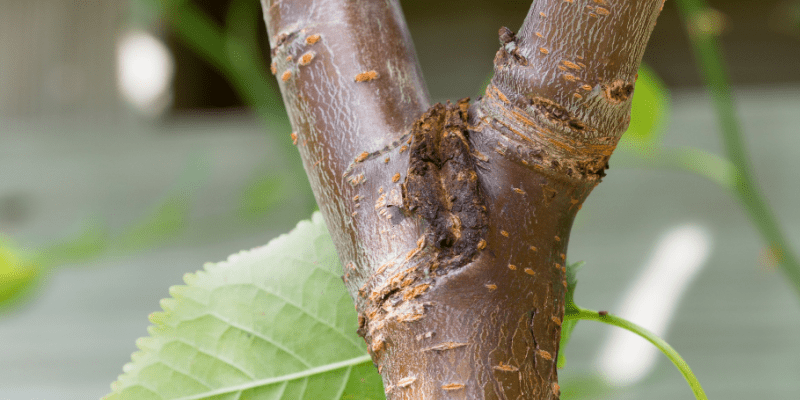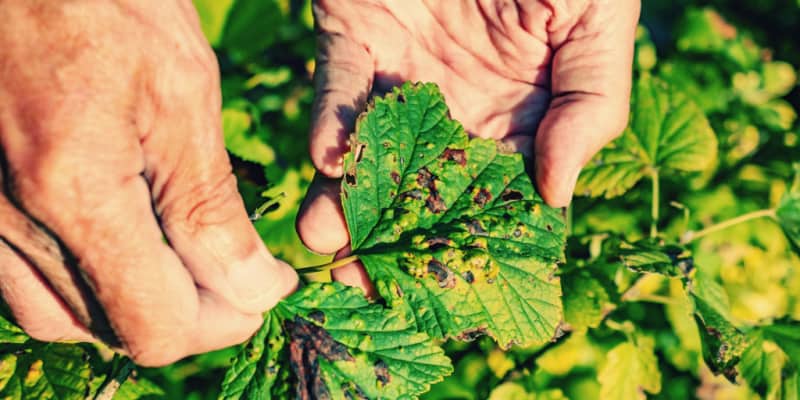Why are my orchid leaves turning brown?
As with orchid leaves turning yellow, orchid leaves turning brown can be due to a variety of problems. The key to narrowing down the real issue, whether it’s environmental, a care issue, pests or disease, is to notice where the leaf has turned brown. And if it’s just the older leaves or the newer ones as well. This guide helps you become the detective you need to be to identify and solve these problems. I start with what I think…
